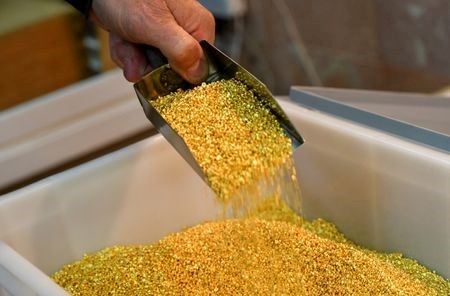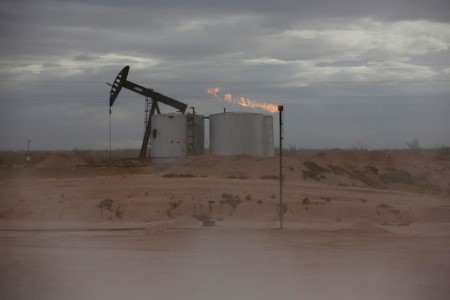April 2 – Oil prices settled higher on Tuesday after a session in which Ukrainian attacks on Russian energy facilities and escalating conflict in the Middle East pushed the Brent benchmark above USD 89 a barrel for the first time since October.
Brent futures for June delivery settled up USD 1.50, or 1.7%, at USD 88.92 after touching a peak of USD 89.08.
US West Texas Intermediate (WTI) crude futures for May settled up USD 1.44, or about 1.7%, to USD 85.15 after touching a peak of USD 85.46, also the highest since October.
A Ukrainian drone struck one of Russia’s biggest refineries in an attack Russia initially said it repelled.
Russia’s Astrakhan gas processing plant, controlled by energy giant Gazprom, also halted production of petroleum products after a repair-related stoppage on March 30, the company said, confirming an earlier report from Reuters.
A Reuters analysis of images showing the impact of the attack suggests it hit the refinery’s primary oil refining unit, which accounts for about half of the plant’s total annual production capacity of 340,000 barrels per day (bpd). Damage did not appear to be serious.
Gasoline and diesel fuel stocks in Russia remain at a high level, Moscow said.
Russia, among the top three global oil producers and one of the largest exporters of oil products, has been contending with Ukrainian attacks on oil refineries and has also attacked Ukrainian energy infrastructure.
“The likelihood that continued restricted Russian product exports could further tighten US petroleum supplies has suddenly forced re-calculation of US (oil) balances across the rest of this month and possibly beyond,” said Jim Ritterbusch, president of Ritterbusch and Associates LLC.
In the Middle East, Iran has vowed to take revenge on Israel for an airstrike that killed two top generals and five military advisers at the Iranian embassy compound in Damascus.
Israel has been at war against Iran-backed Palestinian group Hamas in Gaza, but direct Iranian involvement could spark a “region-wide conflict with plausible impact on oil supply,” said Tamas Varga at oil broker PVM.
“Despite a flurry of diplomatic activity meant to turn down the heat on the situation, there is definitely a chance the Iranians’ response will not be as measured this time,” said Bob Yawger, director of energy futures at Mizuho.
US crude oil inventories fell by 2.3 million barrels last week, according to market sources citing American Petroleum Institute figures on Tuesday. Official government data will be published Wednesday at 10:30 a.m. EDT.
Elsewhere, an ecological organization said a European satellite had spotted an oil spill in the northern Caspian Sea near Kazakhstan’s giant Kashagan oilfield.
Markets are also looking ahead to Wednesday’s ministerial panel meeting of OPEC+, the Organization of the Petroleum Exporting Countries (OPEC) and allied producers. The panel is unlikely to recommend any change in oil output policy, OPEC+ sources told Reuters.
The demand outlook perked up as March data showed an expansion in Chinese manufacturing activity for the first time in six months and in the US for the first time in a year and a half.
(Reporting by Laura Sanicola in Washington, Natalie Grover in London, Colleen Howe in Beijing and Trixie Yap in Singapore; Editing by David Goodman, Emelia Sithole-Matarise, Paul Simao, and David Gregorio)







 DOWNLOAD
DOWNLOAD













